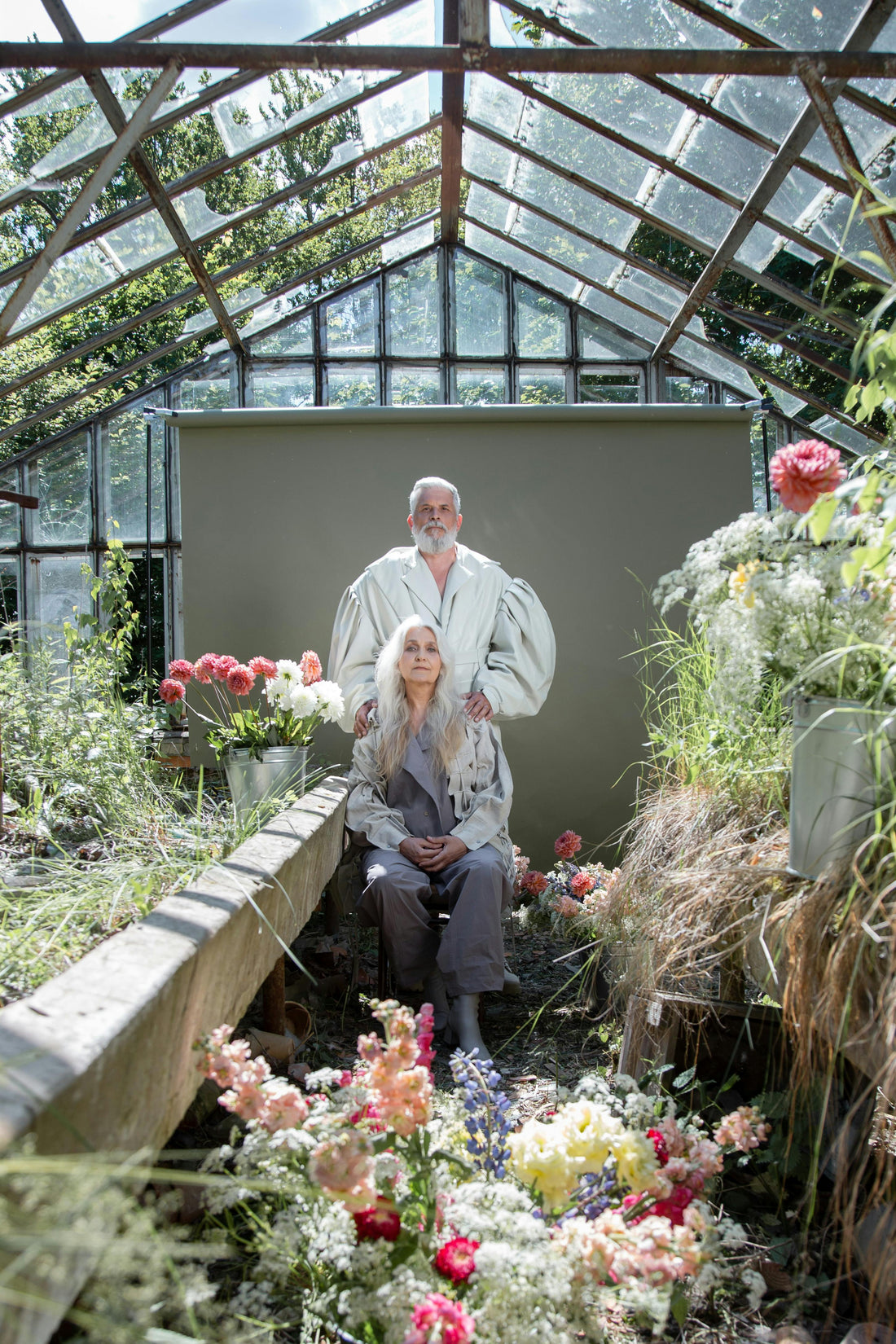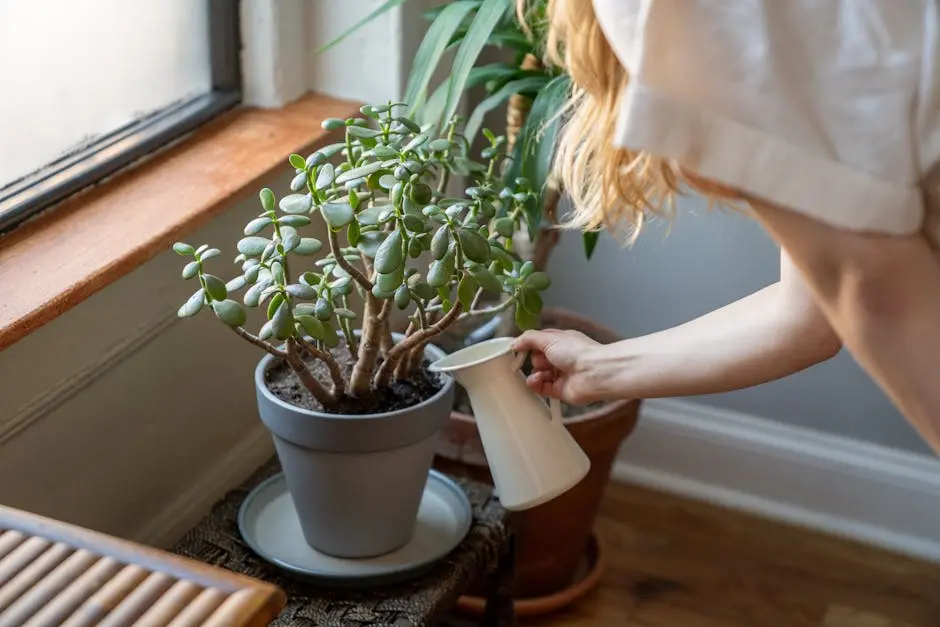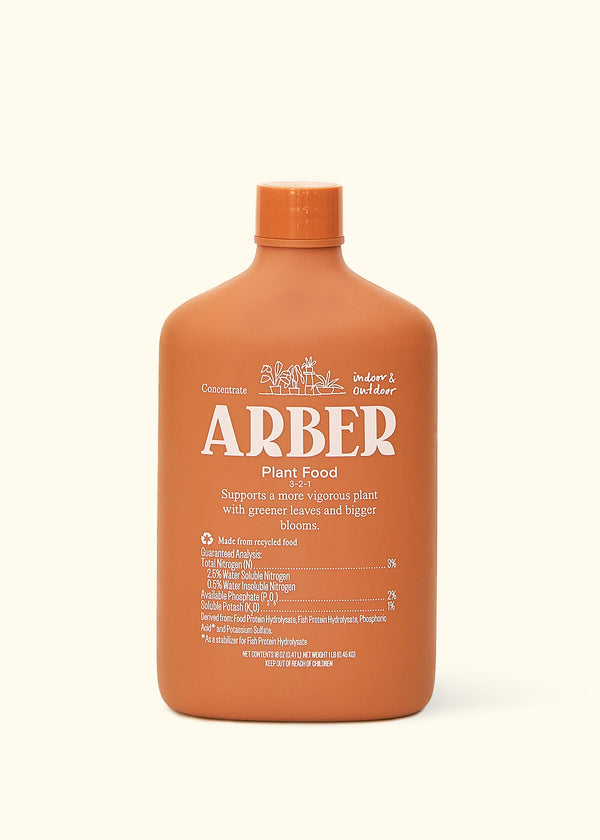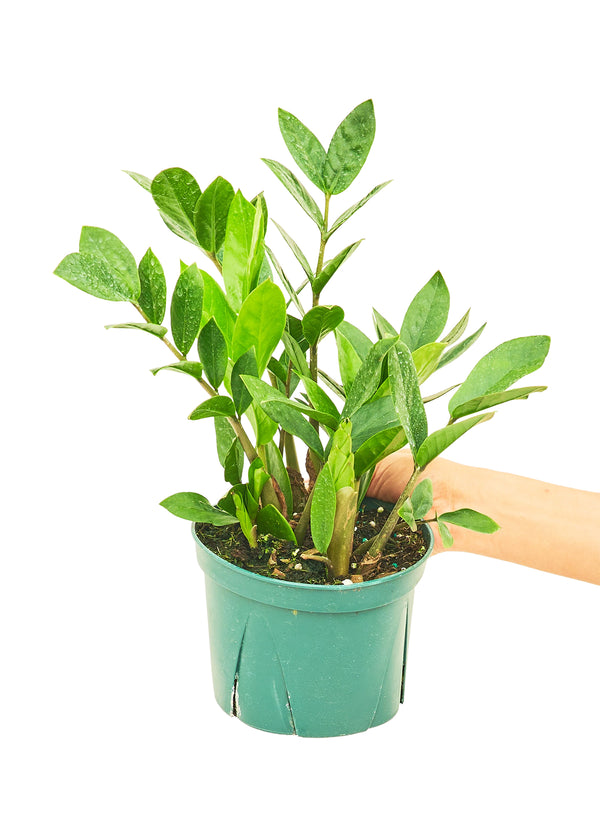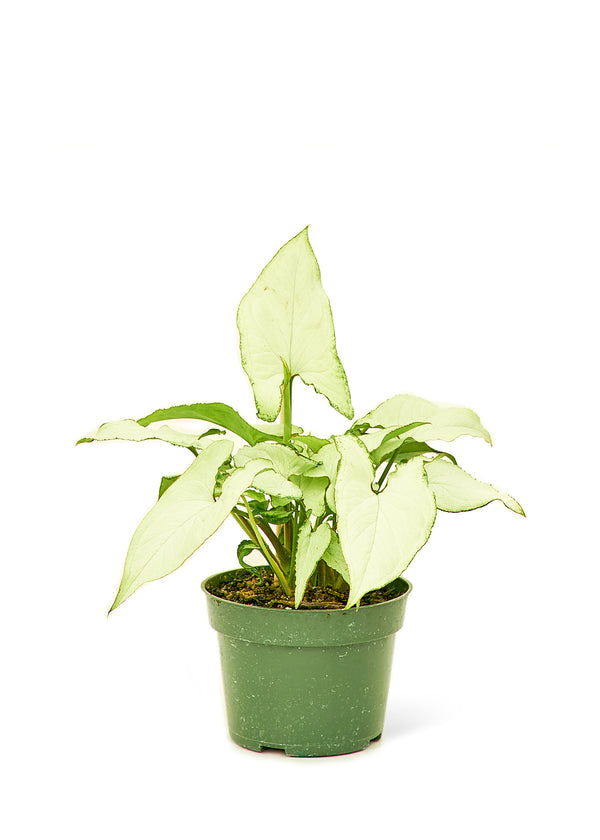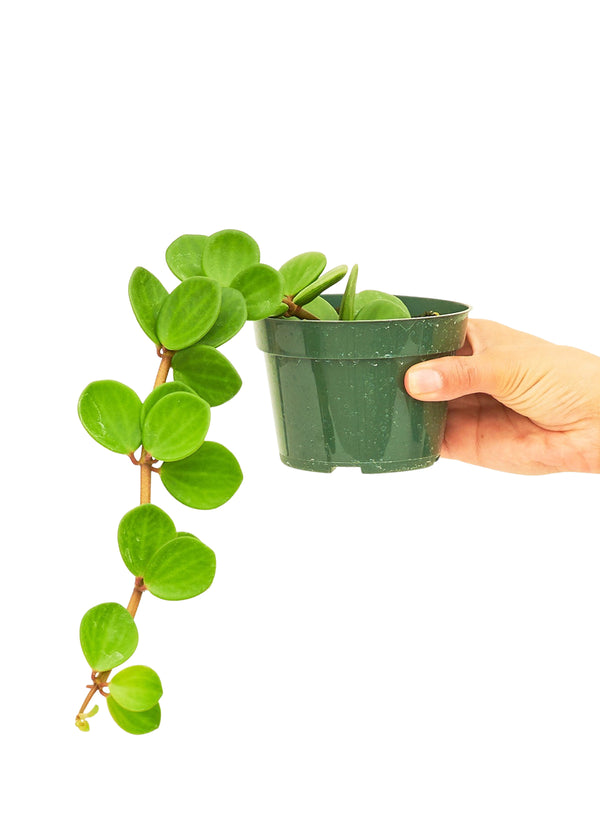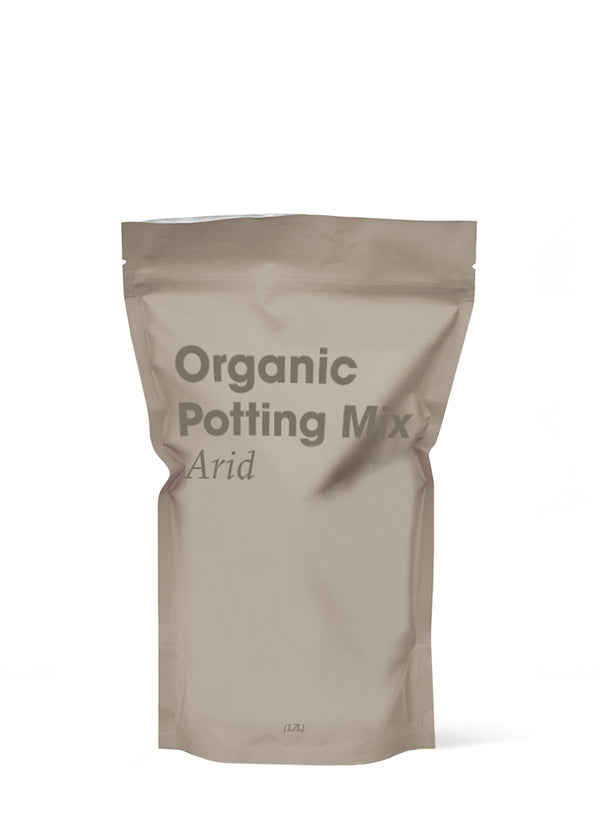Caring for plants can be tricky but fulfilling. Whether you’re an experienced gardener or new to plant care, mistakes can harm your plants. Even the most seasoned green thumbs occasionally overlook essential details that can lead to wilting leaves or stunted growth. In this blog, we’ll discuss common plant care errors and offer tips to help your plants flourish.
From overwatering to neglecting proper light conditions, understanding the specific needs of each type of plant is crucial for their health. We’ll explore how environmental factors such as humidity and temperature can influence plant vitality and offer guidance on how to create an ideal growing environment.
Additionally, we’ll highlight the importance of understanding the differences between indoor and outdoor plants, as well as the unique challenges each presents. With practical advice on soil types, fertilization schedules, and pest management, you’ll be well-equipped to troubleshoot any issues that arise.
Whether it’s nurturing a single houseplant or managing a sprawling garden, our tips aim to empower you with knowledge that can turn common pitfalls into opportunities for learning and growth. Join us as we journey through the world of plant care, unlocking the secrets to a thriving green space that brings you joy and satisfaction.
#1 Overwatering: The Most Common Misstep
It’s a tale as old as time: plant parents with the best intentions end up overwatering their plants, leading to soggy roots and a host of issues. According to JOMO Studio, overwatering is a common error, driven by the misconception that more water equals more love. However, most indoor plants thrive with less water than we think. An important tip to avoid this mistake is to check the top inch of soil for dryness before watering again. This simple step can save you from the perils of over-love.
Moreover, it’s crucial to understand that water requirements vary significantly among different types of plants. While some may need frequent watering, others, such as succulents and cacti, prefer their soil to dry out completely between waterings. To tailor your watering routine perfectly, familiarize yourself with each plant’s specific needs. A useful resource is the plant care library provided by Bumble Plants, which includes guidelines for managing water needs.

#2 Neglecting Light Requirements
Light is the life force for plants, yet it is one of the most overlooked aspects of plant care. Every plant has unique light needs, ranging from bright, direct sunlight to low, indirect light. The mistake of placing a sun-loving plant in a dim corner or a shade-preferring plant on a sunny windowsill can lead to poor growth or even plant death. For insightful tips on light requirements for various plants, Grace In My Space advises a simple yet effective approach: observe your plants and adjust their position based on their response to their current light conditions.
Additionally, the seasonal variations in natural light availability inside your home play a significant role. A spot that receives ample light in the summer might not be sufficient during the winter months. Adapting to these changes by moving your plants or using grow lights can ensure they receive the necessary energy to thrive all year round. For more detailed advice, check out Bloomscape’s tips on positioning indoor plants for optimal light exposure.

#3 The Perils of Improper Soil Selection
Not all soils are created equal, especially in the context of indoor plant care. A common error is using the same type of soil for all plants, irrespective of their specific requirements. Different types of plants require different soil types to flourish; for example, succulents thrive in sandy, well-draining soil while ferns prefer a richer mix that retains moisture. Understanding the best soil mix for your green friends is paramount to their health. Bumble Plants’ blog offers an in-depth guide on choosing the right type of soil for each plant.
To take your plant care to the next level, consider customizing your soil mixes by incorporating ingredients like perlite, vermiculite, or peat moss to achieve the desired drainage and aeration properties. Doing so can simulate a plant’s natural habitat and promote healthy root development, better water retention, and nutrient uptake.

#4 Forgetting About Humidity and Temperature
Many indoor plant enthusiasts forget that their leafy friends are often native to climates quite different from the typical indoor environment. The humidity and temperature levels in the average home can be vastly different from those in a tropical rainforest or arid desert. This discrepancy can lead to common issues such as brown leaf tips or wilting. Addressing your plants’ humidity needs can be as simple as placing a humidifier nearby or grouping plants together. Grace In My Space suggests taking the time to understand the native climates of your plants can help make them feel right at home.
Temperature fluctuations, such as those from heating vents or air conditioners, can also stress plants. Being mindful of where you place your plants in relation to these heat sources can prevent unexpected temperature stress. Explore unique solutions like Bumble Plants’ guide to maintaining optimal humidity and temperature for indoor plants.
#5 Fertilizing: Less is Often More
Fertilizing your plants can feel like giving them a boost, but it’s easy to cross the line into too much of a good thing. Overfertilizing can lead to salt buildup in the soil, which can burn roots and harm plants. The key is to fertilize sparingly and according to the plant’s growing season. Most indoor plants benefit from a reduced fertilization schedule during the fall and winter months. For guidance on fertilizing techniques and schedules, Bloomscape’s advice on incorporating plant food into your care routine is invaluable.
Remembering that some plants, such as succulents and cacti, have very minimal fertilization needs, while others, like flowering plants, may require a bit more, can prevent overfertilizing mishaps. Always read the label for any fertilizer you use and consider halving the recommended dose to avoid overwhelming your plants.

#6 Ignoring Pest Problems
Pests can be a plant parent’s worst nightmare, turning lush greenery into a struggling, sickly mess. Ignoring the signs of pests, such as sticky leaves or seeing the pests themselves, is a mistake that can lead to larger infestations. Early detection and treatment are crucial for saving your plant and preventing the pests from spreading to others. JOMO Studio’s guide to houseplant pests outlines common indicators of infestation and effective treatment approaches.
Neem oil, insecticidal soap, and manual removal are all effective strategies for dealing with pests. Regularly inspecting your plants for any signs of pests and cleaning their leaves can also prevent infestations before they start. Creating a regular care routine that includes pest inspection can keep your indoor garden healthy and flourishing.

#7 Lack of Pruning and Maintenance
Pruning isn’t just for outdoor gardens—your indoor plants also benefit from regular trimming. Removing dead or yellowing leaves allows your plants to redirect their energy to new growth and helps maintain their shape and size. Neglecting this simple care step can lead to leggy, overgrown plants that struggle to thrive. Bumble Plants explains how regular maintenance, such as pruning and cleaning leaves, can significantly impact a plant’s health and appearance.
Moreover, pruning can encourage fuller, bushier growth, especially in plants like herbs and foliage plants. Using sharp, clean shears, carefully trim any unnecessary growth, always being mindful of the plant’s natural shape and growth patterns. This not only keeps your indoor garden looking tidy but also promotes healthier, more vigorous plants.
#8 Not Adapting to Seasons
Just as the outdoor environment changes with the seasons, your indoor garden needs adjustments to reflect the changing conditions inside your home. Many plant parents continue their summer care routine into the winter, leading to overwatering and other issues as plants enter a dormant phase. Adapting your plant care regime to the seasons is essential for healthy growth year-round. For winter care tips and how to adjust your routine, consider the seasonal advice provided by Grace In My Space, ensuring your plants receive the care they need as the seasons change.
This seasonal adjustment includes reducing watering frequency, moving plants away from cold drafts or heaters, and understanding that lower light levels may require shifting plants to better-lit areas. Keeping an eye on the specific needs of your plants as the outdoor environment changes will help them adapt and continue to grow healthily throughout the year, showcasing the vibrant beauty of your indoor garden no matter the season.

Plant Care Mistakes: Wrap-Up
Avoiding common plant care mistakes is crucial for the health and happiness of your indoor garden. By understanding your plants’ needs and adjusting your care routine accordingly, you can prevent most issues before they start. Remember, every plant is unique, and part of the joy of plant parenting is learning what works best for your green companions. Happy gardening! Discover everything you need to embark on your personal botanical adventure with our diverse indoor plant collection.


